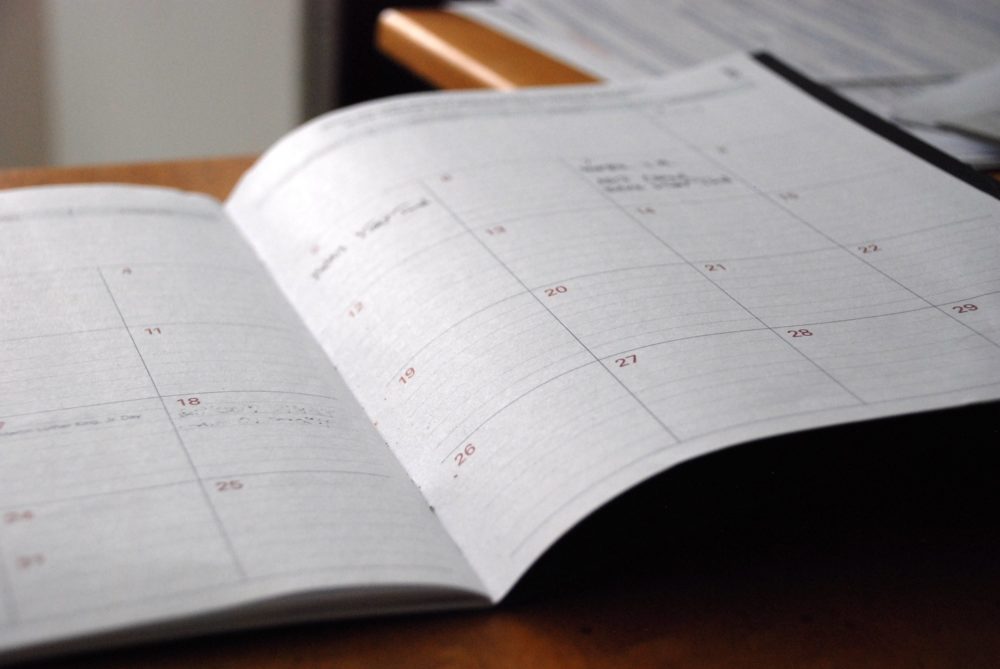An important part of setting up a website for your new business, alongside the SEO, domain name and design, is ensuring you have a content marketing strategy and plan.
You’ve probably heard the popular phrase ‘content is king’, and it certainly holds as much relevancy now as it did nearly two decades ago when Bill Gates first declared it.
For this article, we’re going to focus on sharing some top tips on how you can create a scheduled plan for your content. You can find out more about content marketing strategy in this online guide.
Why does my new website or blog even need content?
If you’ve just started a new business and have launched a new website, it’s time to start planning your content marketing. Content marketing could be anything from a blog post to a video series and everything in-between including whitepapers, email marketing and more.
It may sound like a lot of additional hard work, especially if you’ve just finished building a website, but producing content is a big part of getting online. Publishing and sharing content will help you reach and engage with potential customers, build your reputation and increase sales, not to mention help keep your business interesting.
In fact, according to Hubspot, content marketing gets three times more leads compared to paid search advertising.
Planning content – creating a content calendar
Most businesses with a website will use an editorial content calendar to help plan and track their content creation. An editorial calendar is simply a scheduled plan for the months ahead that outlines your content, its stage and what needs to happen to reach the publishing stage.
Creating an editorial content calendar will enable you to share your content plans with your team, but most importantly help you keep ahead of your publishing schedule so there’s no empty months or last-minute rushed ideas.
Whatever format you choose for your content calendar, make sure it’s:
- Easy to share
- Easy to change
- Provides a good enough level of detail
You can download a free calendar template here or read on for more tips on how to get started.
Four steps to creating a content calendar
1. Identify essential information
Before you start planning content for your new website or blog, you’ll need to decide how often you’re going to publish new pieces – you can find help on this stage here. This will help you determine how you break up your content calendar, for example into weeks or months.
For most content calendars it’s good practice to include details on:
- Any relevant and important calendar dates and events (Mental Health Month, for example)
- Title of blog post/content piece and category/format
- Deadlines
- SEO keywords
- Status of the content
- Links
If you’re using a table format or Excel document, these will form your columns.
2. Research calendar dates and events
Spend some time researching any relevant upcoming calendar dates, days or events that can help guide some of your content choices.
3. Get colour coding
Fill out your calendar with details on new content pieces, adding in as many relevant details as you can. Colour-coding your content categories and statuses can make it much easier to get a quick overview of your overall plan and progress.
4. Keep your calendar up to date
By producing valuable content on a regular basis, you’ll ensure your website and blog remains fresh and you’ll be creating some great opportunities for your business to reach and connect with customers through promotion and sharing.
However, to make sure you have the best chance of doing this, you’ll need to keep planning content far in advance, months ahead if possible. The further ahead you plan, the less likely you are to fall away from your optimal posting target.
You can find more detail on each of these steps, with handy examples in our full post here, where you’ll also be able to download your very own free editorial calendar template. For help on creating and developing a content marketing strategy for your small business, take a look at this detailed online guide.
This article was brought to you in partnership with The UK Domain.
Read more
6 tips to help you create content that will impress humans and Google





